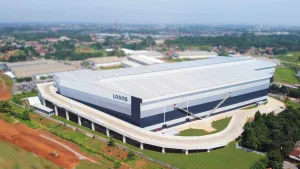
India’s RRE sector must balance supply and demand for stabilisation
Identified future pipeline of launches has grown to 540 million square feet.
Leading players in India’s residential real estate sector must balance their supply with market demand to maintain stability and avoid a sharp slowdown, according to CareEdge.
In recent years, the country’s identified future pipeline of launches has grown from 340 million square feet (msf) during fiscal year (FY) 2021 to over 540 msf by FY 2024.
CareEdge noted that India has a more favourable housing market positioning as compared to China as the latter’s real estate sector crisis was largely caused by developers launching inventory with limited end-user demand.
Moreover, urbanisation and infrastructural boost will support the demand momentum. This is evident in the notable increase in India's capital expenditure, from 1.7% of gross domestic product in FY 2014 to 3.4% in FY 2024.
These investments not only stimulate economic growth but also augur well for sustained expansion in the RRE segment.
Markets like Gurgaon (NCR) have witnessed significant demand growth whilst in southern micro-markets like Bengaluru and Chennai, increasing gross capitalisation rate is driving the significant housing demand.
However, home loan rates continue to increase and are driving up mortgage payments, further straining prospective buyers' budgets. It may substantially impact affordability, potentially influencing homebuying decisions.
The impact of the slowdown in hiring, particularly within the information technology sectors may also dampen demand in tech-driven cities.




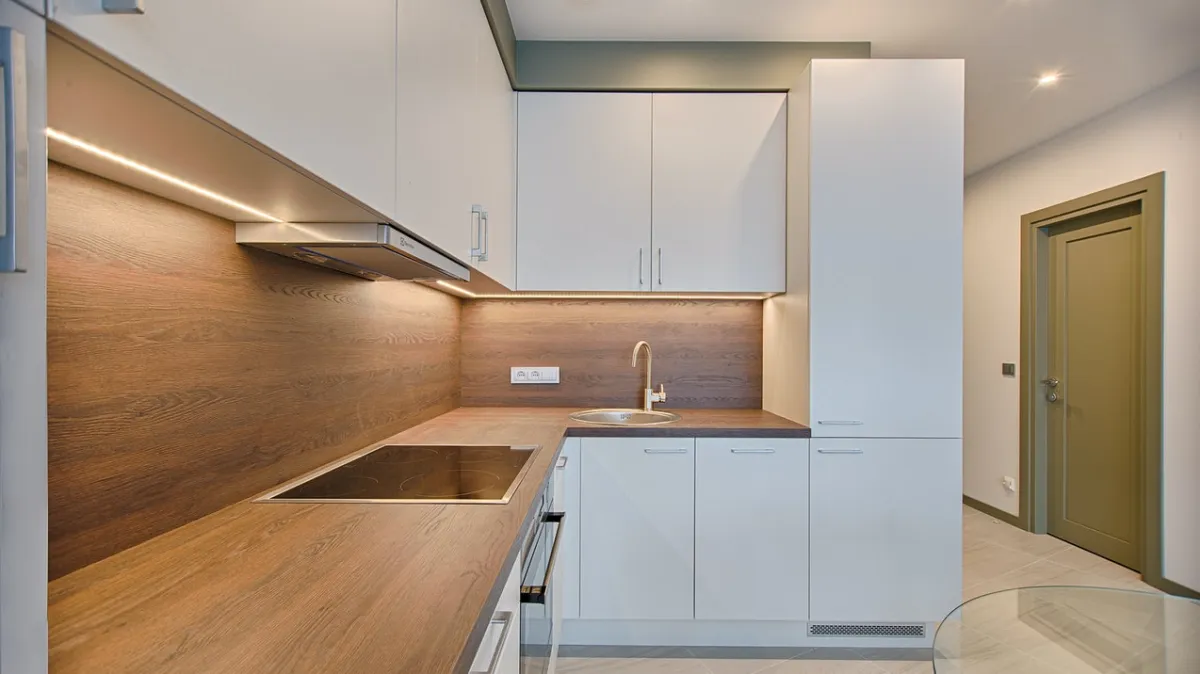

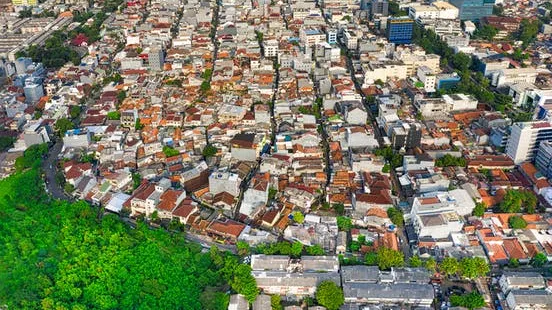
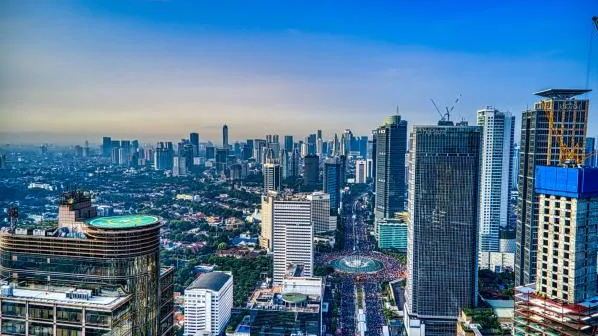
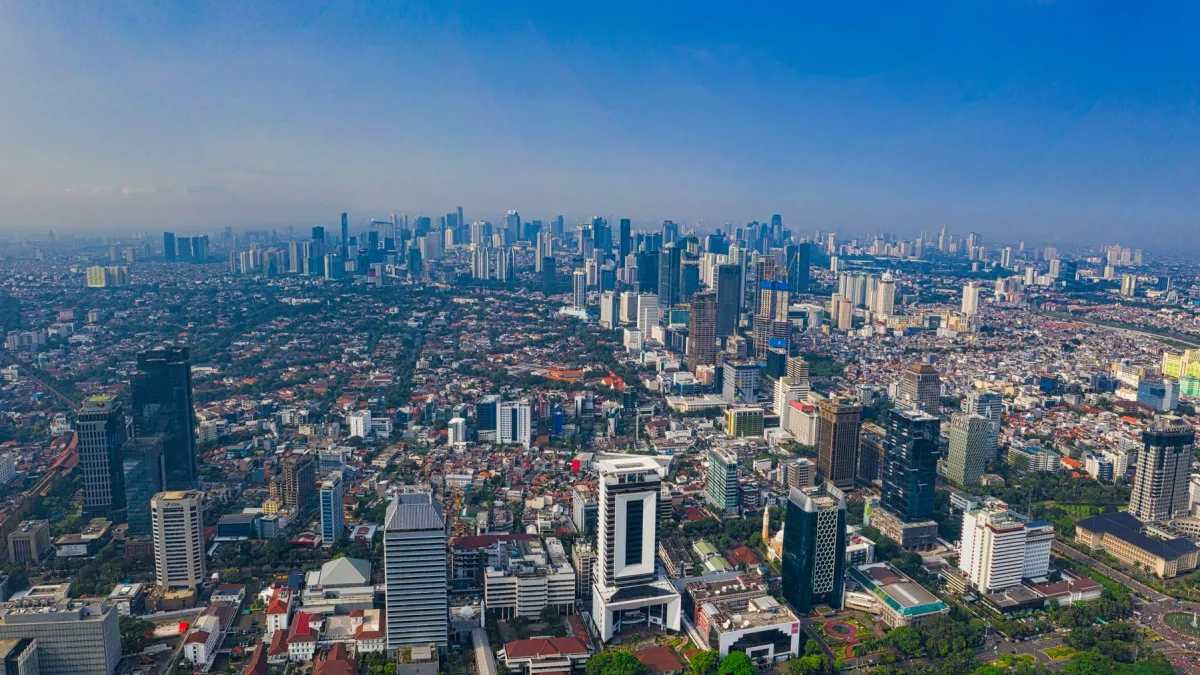
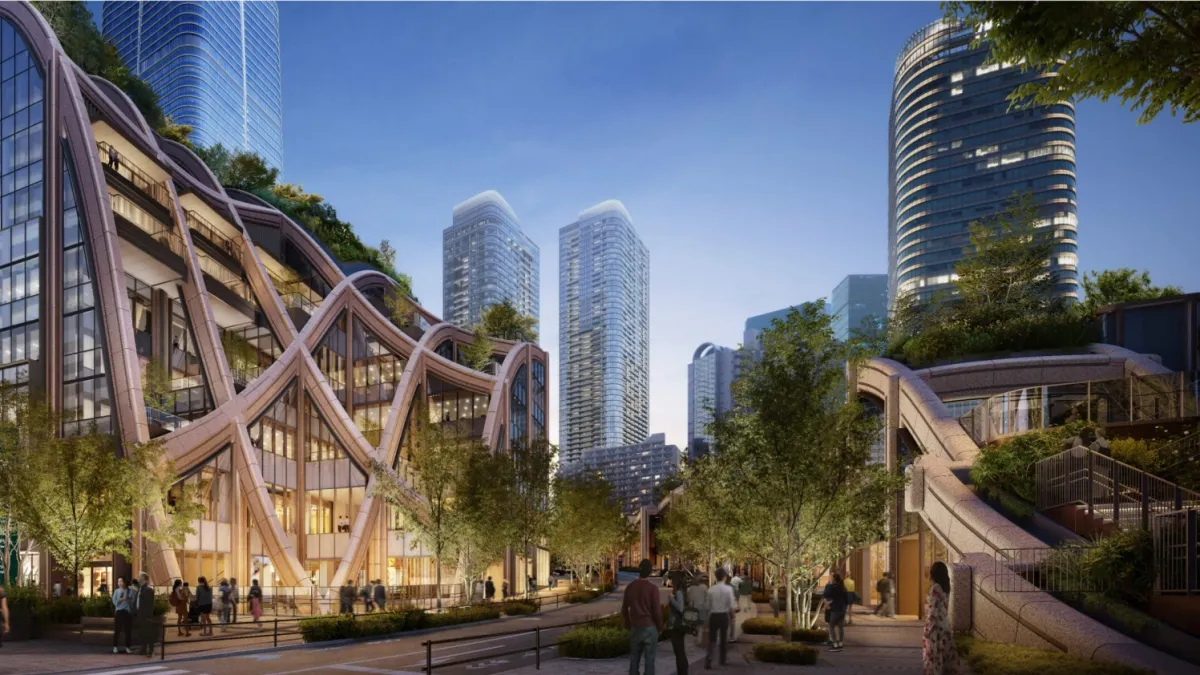
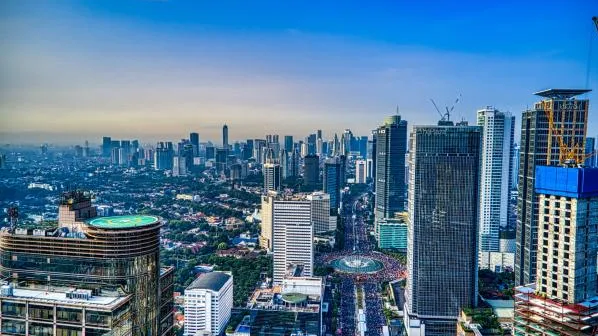
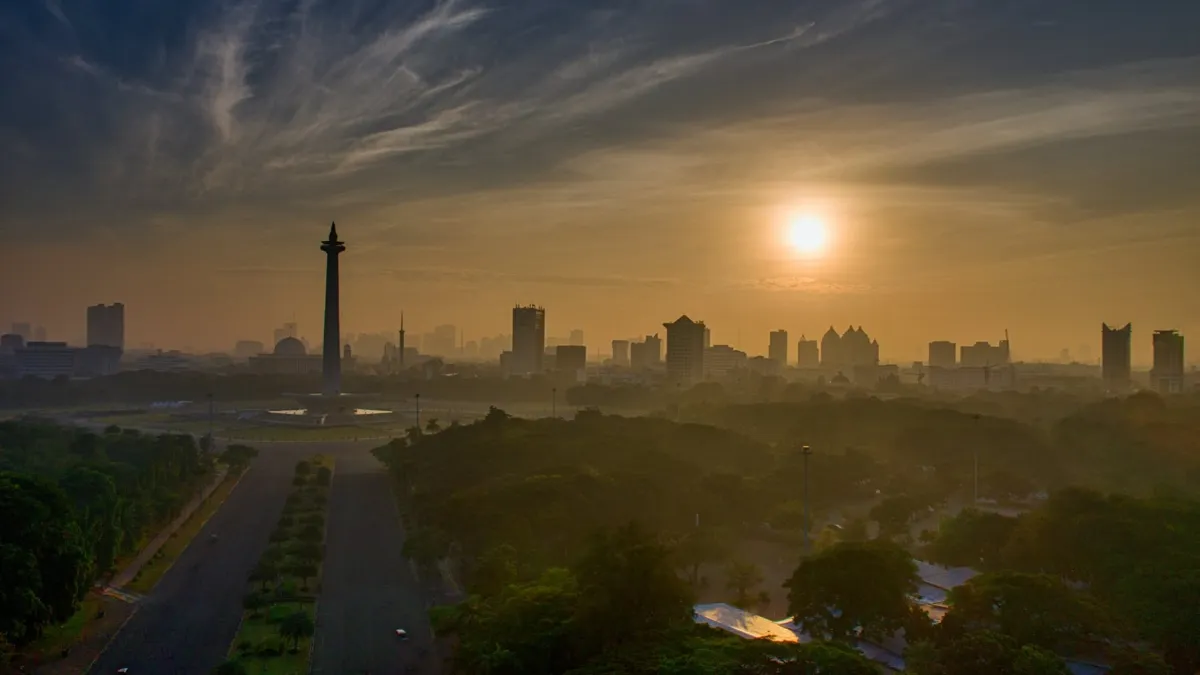

 Advertise
Advertise

